Christmas Island Red Crab Species: A Journey Through the Extraordinary in 2024
Related Articles: Christmas Island Red Crab Species: A Journey Through the Extraordinary in 2024
- Christmas Images Easy 2024: A Festive Collection For Your Holiday Creations
- Christmas Images Nativity 2024: A Visual Guide To The Birth Of Jesus
- Christmas Images: Reindeer Cute 2024
- Christmas Images Good Morning 2024: Spread The Joy And Warmth
- Christmas Images GIF 2024: A Festive Collection To Spread Holiday Cheer
Introduction
In this auspicious occasion, we are delighted to delve into the intriguing topic related to Christmas Island Red Crab Species: A Journey Through the Extraordinary in 2024. Let’s weave interesting information and offer fresh perspectives to the readers.
Table of Content
Video about Christmas Island Red Crab Species: A Journey Through the Extraordinary in 2024
Christmas Island Red Crab Species: A Journey Through the Extraordinary in 2024
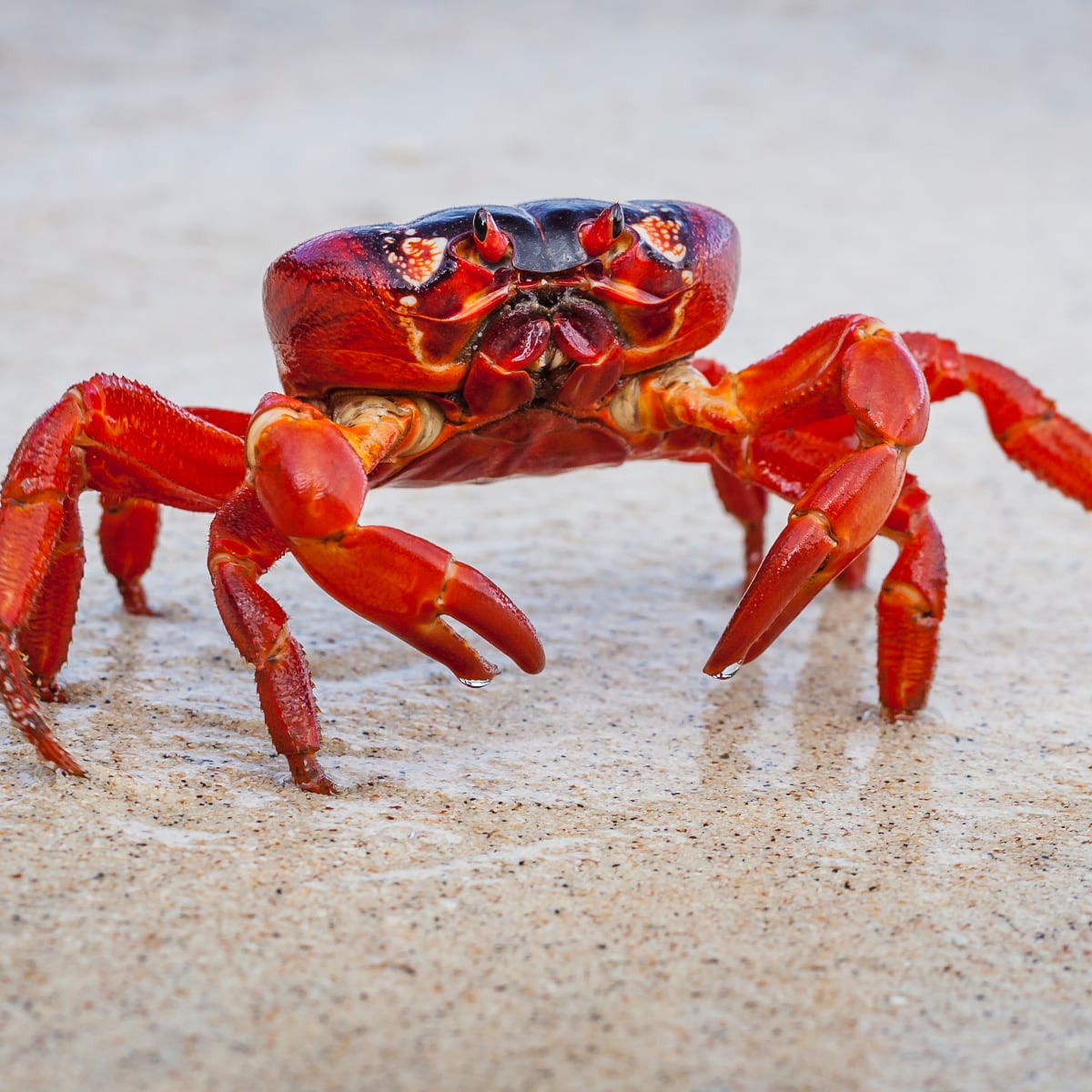
Introduction
Christmas Island, an Australian territory located in the Indian Ocean, is home to a remarkable natural phenomenon: the annual mass migration of the Christmas Island red crab species (Gecarcoidea natalis). This extraordinary event, occurring during the wet season from October to December, attracts global attention and serves as a testament to the island’s unique and fragile ecosystem.
Biology and Behavior
The Christmas Island red crab is a large terrestrial crab, ranging in size from 9 to 11 centimeters in length. Its distinctive red coloration, derived from carotenoid pigments in its diet, sets it apart from other crab species. These crabs are herbivorous, primarily consuming fallen leaves and fruits.
During the non-breeding season, red crabs inhabit the island’s forests, seeking shelter in burrows and under fallen logs. However, with the onset of the wet season, a remarkable transformation occurs.
Annual Migration
The annual migration of the Christmas Island red crab species is a synchronized event of astonishing magnitude. Millions of crabs emerge from their burrows and embark on a perilous journey towards the coast. The timing of this migration is intricately linked to the lunar cycle, with the crabs typically migrating during the first quarter moon.
The crabs’ journey to the coast is arduous and hazardous. They must navigate dense vegetation, cross roads, and overcome obstacles such as fences and walls. Along the way, they face threats from predators, including feral cats and ghost crabs.
Breeding
Once they reach the coast, the crabs congregate in large numbers along the beaches. The males engage in elaborate courtship rituals, waving their large claws and producing clicking sounds to attract females. After mating, the females dig burrows in the sand and lay their eggs.
The eggs develop over several months, hatching into larvae that are released into the ocean. The larvae spend several weeks in the plankton before metamorphosing into juvenile crabs and returning to the island.
Ecological Significance
The Christmas Island red crab species plays a crucial role in the island’s ecosystem. As herbivores, they consume fallen leaves and fruits, contributing to nutrient cycling and seed dispersal. Their burrows provide shelter for other organisms, including insects and reptiles.
The mass migration also has a significant impact on the island’s tourism industry. Visitors from around the world flock to Christmas Island to witness this extraordinary natural phenomenon. The migration has become a major source of revenue for the island, supporting local businesses and conservation efforts.
Conservation
The Christmas Island red crab species faces several conservation challenges. Habitat loss due to mining and deforestation poses a significant threat. The introduction of invasive species, such as feral cats, also poses a risk to the crabs’ survival.
Recognizing the importance of this unique species, the Australian government has implemented strict conservation measures. Mining activities have been restricted, and a national park has been established to protect the crabs’ habitat. The island’s roads are closed during the migration period to minimize vehicle collisions.
Conclusion
The Christmas Island red crab species is an extraordinary natural wonder that showcases the resilience and adaptability of life on Earth. Its annual migration is a testament to the interconnectedness of the island’s ecosystem and the importance of conservation efforts.
In 2024, the migration of the Christmas Island red crab species is expected to be particularly spectacular. As the world continues to face environmental challenges, this event serves as a reminder of the beauty and fragility of our planet and the need to protect its unique species and habitats.

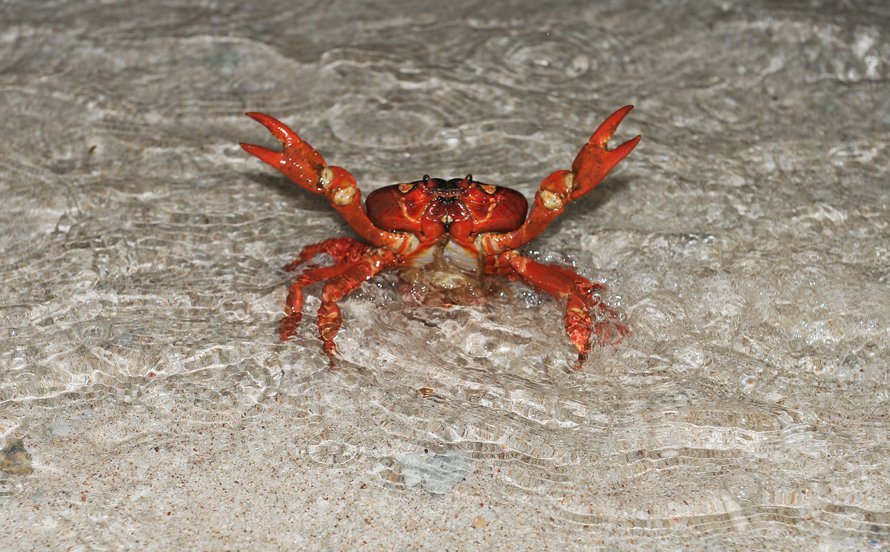
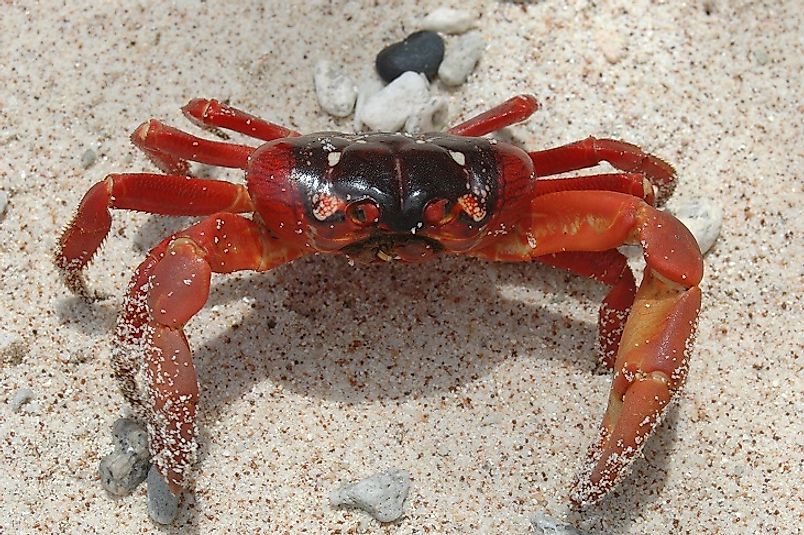


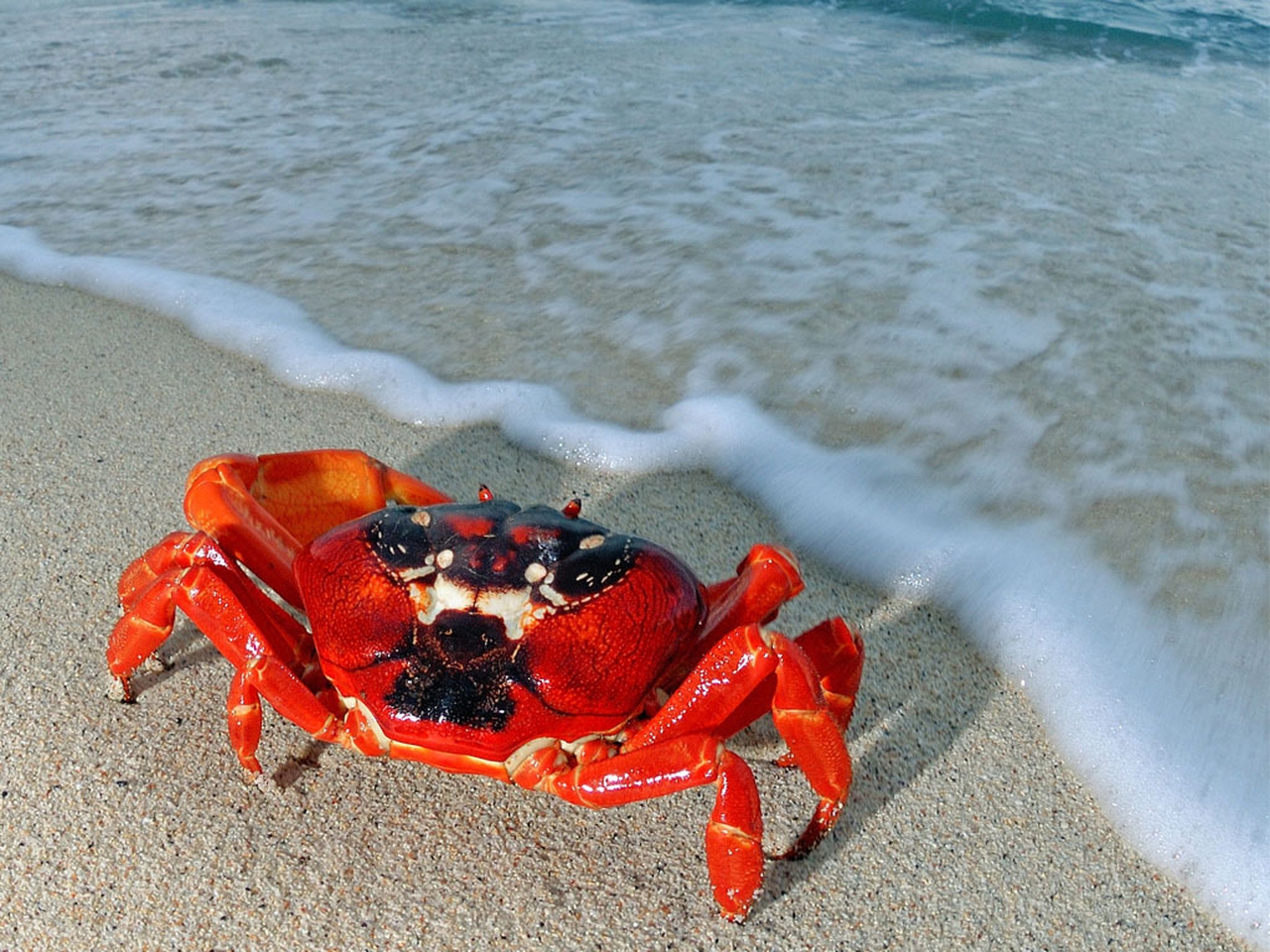
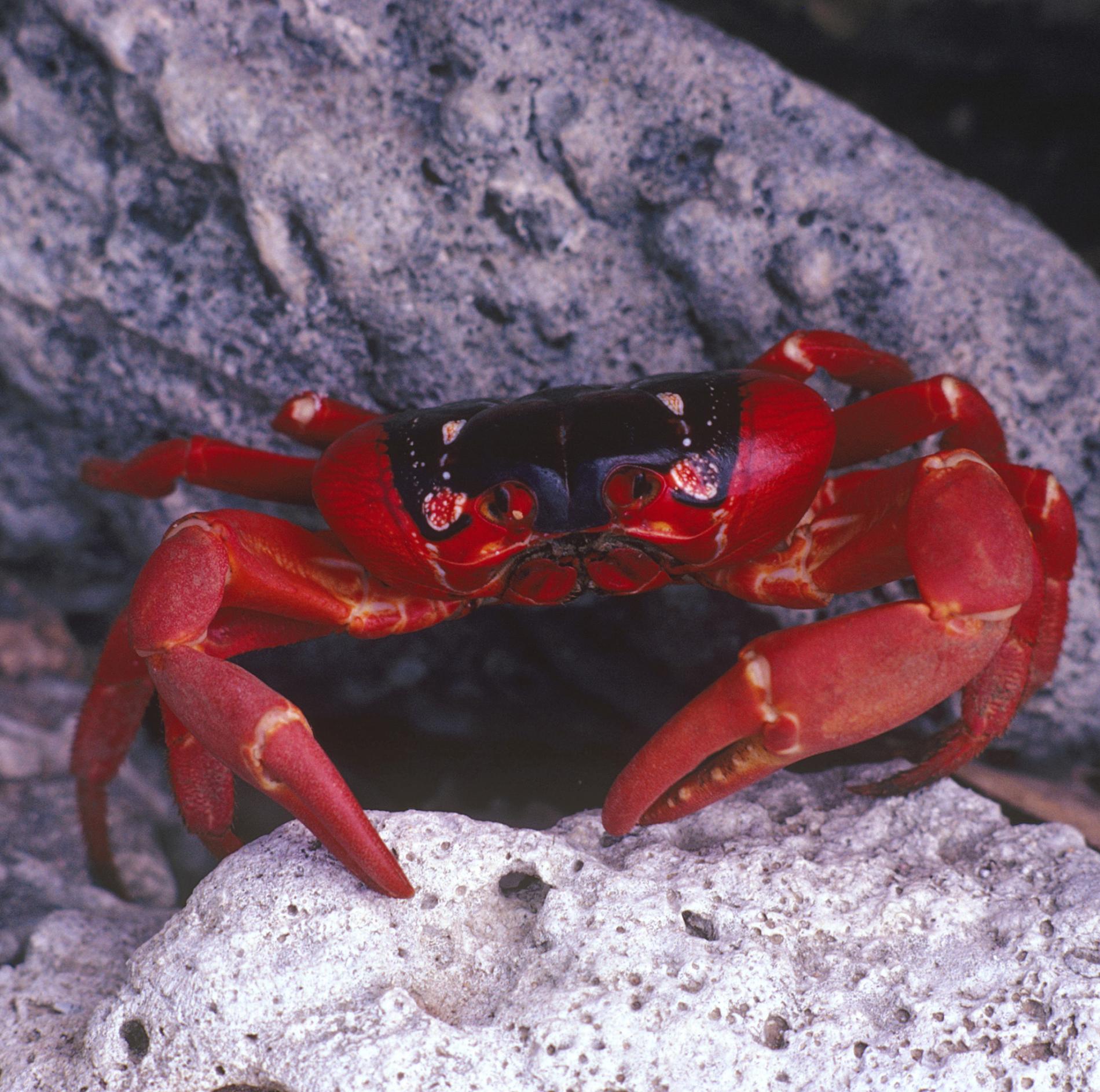
:max_bytes(150000):strip_icc()/GettyImages-144804688-9f690c3f0e0e4590b2d3a9212b08cdc5.jpg)
Closure
Thus, we hope this article has provided valuable insights into Christmas Island Red Crab Species: A Journey Through the Extraordinary in 2024. We thank you for taking the time to read this article. See you in our next article!
